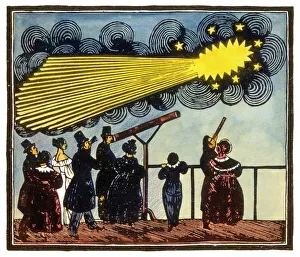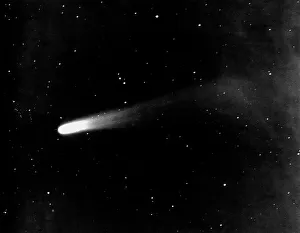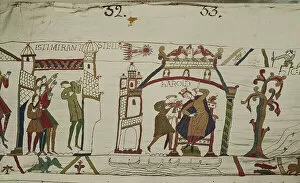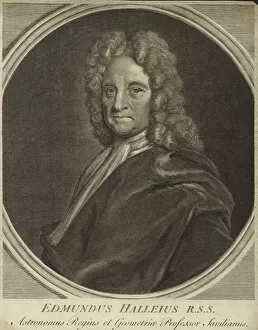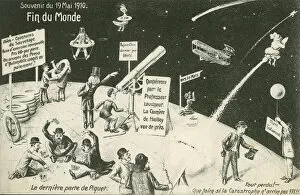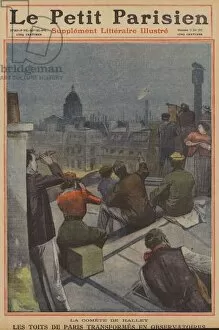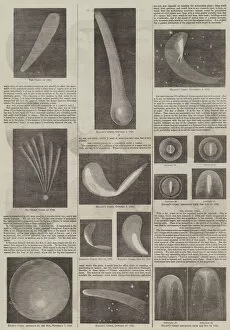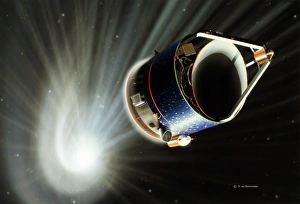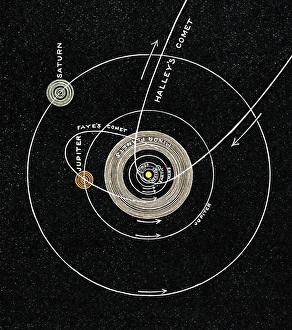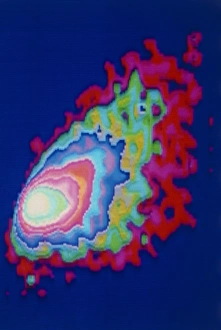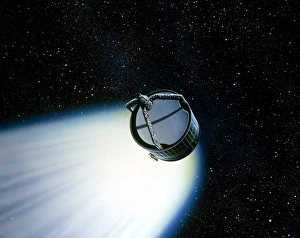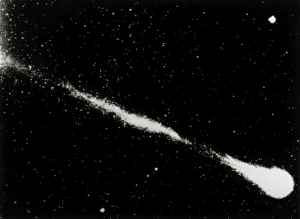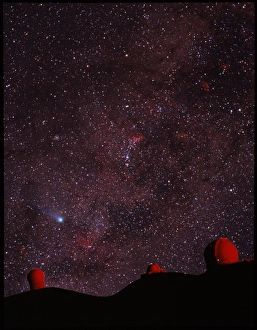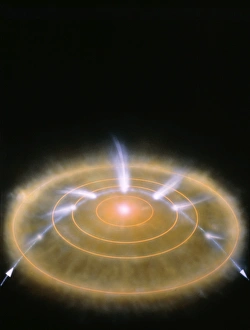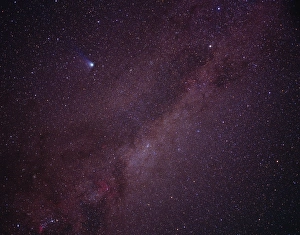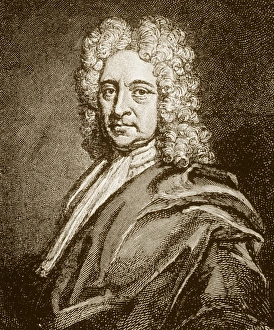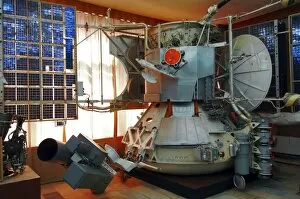Comet Halley Collection
"Comet Halley: A Celestial Spectacle Through the Centuries" In the vast expanse of the night sky
All Professionally Made to Order for Quick Shipping
"Comet Halley: A Celestial Spectacle Through the Centuries" In the vast expanse of the night sky, few celestial events have captivated humanity's imagination like Comet Halley. Dating back to ancient times, this enigmatic comet has left an indelible mark on history and art. From 19th-century artwork depicting its ethereal beauty to its awe-inspiring appearance in May 1910, it has always been a subject of fascination. Its luminous trail across the heavens inspired countless artists to capture its grandeur on canvas and linen. One such depiction is found in the Bayeux Tapestry, where Harold receives bad news while gazing at Halley's Comet. This wool embroidery on linen serves as a reminder of how comets were once seen as omens or portents of significant events. Another notable representation is an engraving portraying Edmond Halley himself, who predicted the return of this celestial wanderer. His meticulous calculations paved the way for our understanding and anticipation of future visits from this cosmic traveler. The year 1910 marked one of Comet Halley's most memorable appearances. As it graced our skies with its radiant presence, people worldwide marveled at its splendor. Parisians gathered atop their rooftops to witness this extraordinary event firsthand—a scene immortalized in vivid color lithographs that captured their collective wonderment. Throughout history, comets have often been associated with cataclysmic events or even heralds of doom. The lithograph titled "The End of the World" exemplifies these fears surrounding Comet Halley's arrival in 1910—an era when scientific knowledge coexisted with superstition. Yet amidst these anxieties, there was also a sense of awe and curiosity about what lay beyond our earthly realm. Engravings like "Comete de Halley" from 1835 depict both scientific observations and imaginative interpretations—testimony to the enduring allure of comets and their mysterious influence on human consciousness.

